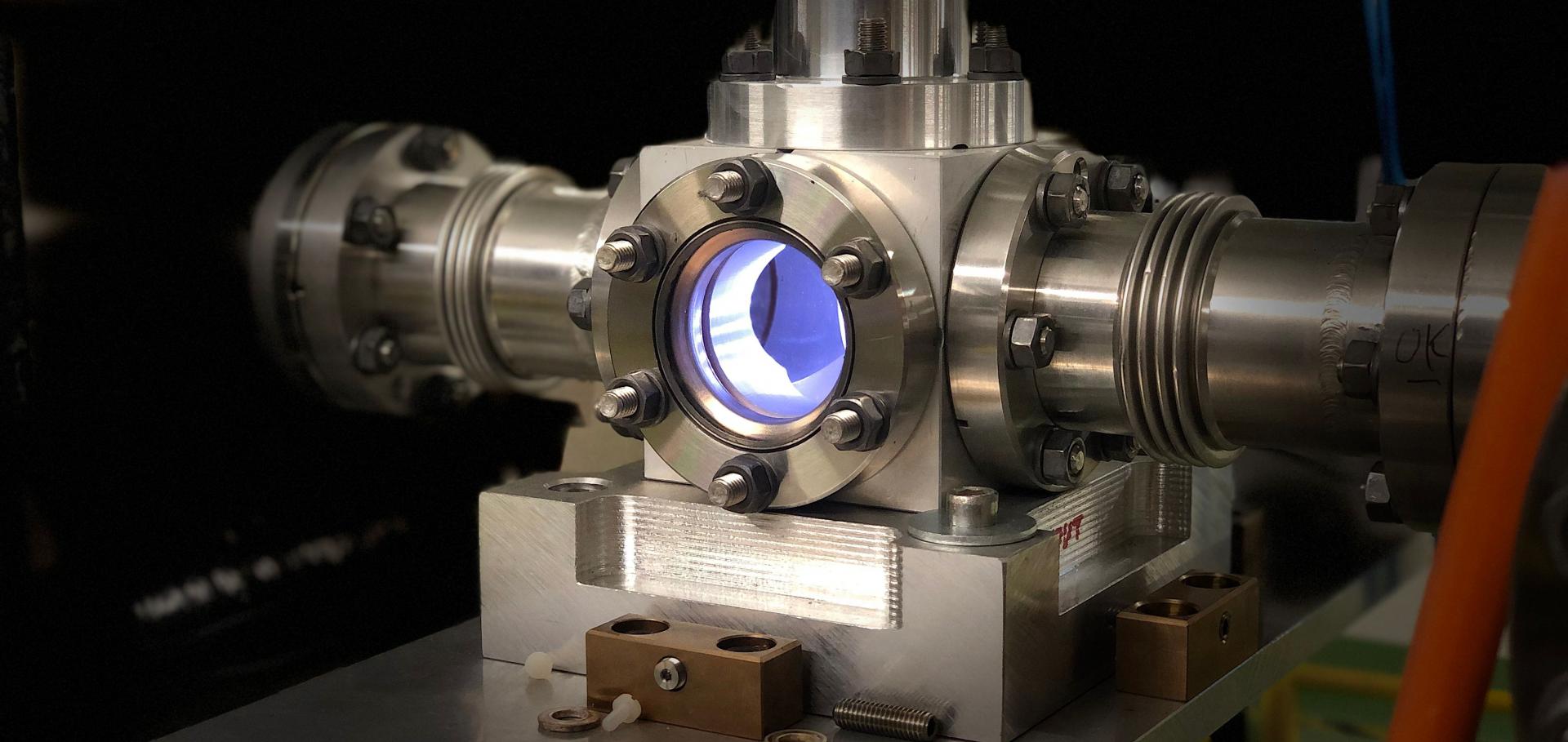Electron beam studies on a beam position monitor based on Cherenkov diffraction radiation
Proceedings of the 14th International Particle Accelerator Conference JACoW Publishing (2023) 4806-4809
Abstract:
A beam position monitor based on Cherenkov diffraction radiation (ChDR BPM) is currently under investigation to disentangle the electromagnetic field of an electron bunch from that of a proton bunch travelling together in time and space in the beam-line of the AWAKE plasma acceleration experiment at CERN. The signals from a horizontal pair of ChDR BPM radiators have been studied under a variety of beam conditions at the CLEAR electron beam test facility. This paper summarizes the results using microwave signal processing at different frequency ranges.Development and Testing of a Cherenkov Beam Loss Monitor in CLEAR Facility
(2021)
Development and testing of a Cherenkov beam loss monitor in CLEAR facility
Proceedings of the 12th International Particle Accelerator Conference Joint Accelerator Conferences Website (2021) 2640-2643
Abstract:
Beam Loss Monitors are fundamental diagnostic systems in particle accelerators. Beam losses are measured by a wide range of detectors with excellent results; most of these devices are used to measure local beam losses. However, in some accelerators there is the need to measure beam losses continuously localized over longer distances i.e., several tens of meters. For this reason, a beam loss detector based on long optical fibres is now under study. As part of the design, several simulations, comparing different possible detection scenarios, have been performed in FLUKA and bench-marked with experimental data. An experimental campaign was performed with an electron beam in the CERN Linear Electron Accelerator for Research (CLEAR) in November 2020. The light emitted from the optical fibre was captured using Silicon Photo-Multipliers (SiPM) coupled at each fibre’s end. In this poster, the first results of a beam loss detector based on the capture of Cherenkov photons generated by charged particles inside multimode silica fibres are presented.Status of VHEE radiotherapy related studies at the CLEAR user facility at CERN
Proceedings of the 12th International Particle Accelerator Conference Joint Accelerator Conferences Website (2021)
Abstract:
Despite the increase in interest in using Very High Energy Electron (VHEE) beams for cancer radiotherapy many unanswered questions in its development remain. The use of test facilities will be an essential tool used to solve these issues. The 200 MeV electron beam from the CERN Linear Accelerator for Research (CLEAR) has been used extensively, in collaboration with several research institutes, to perform dosimetry studies and explore potential applications of VHEE beams to radiotherapy, including the exploitation of the so called FLASH effect. In this paper, we present an overview of past studies with emphasis on the more recent results. We describe methods, techniques and equipment developed at CERN in this framework, and give an outlook on future activities.Consolidation and future upgrades to the CLEAR user facility at CERN
JACoW Publishing, Geneva, Switzerland (2021) 2700-2703


